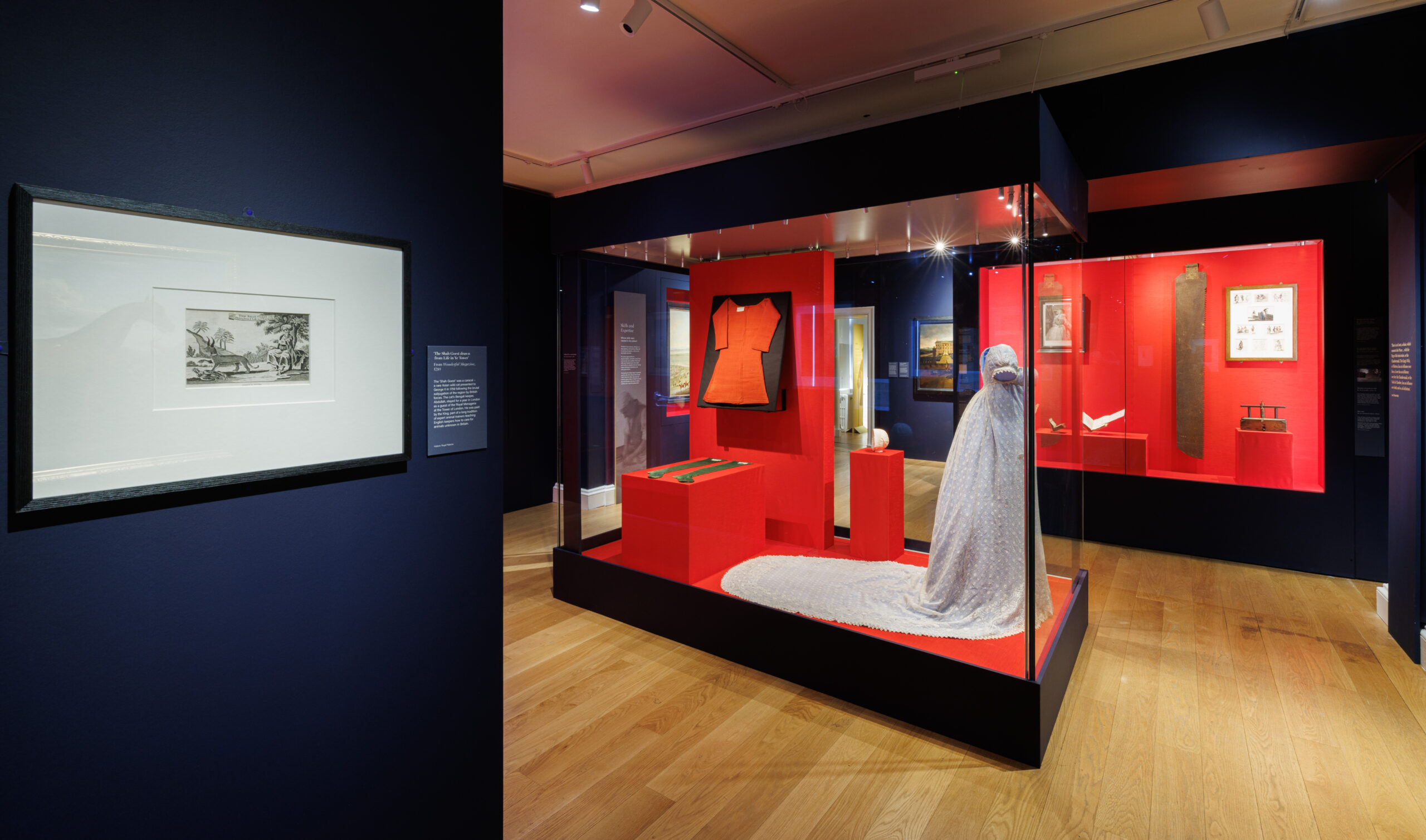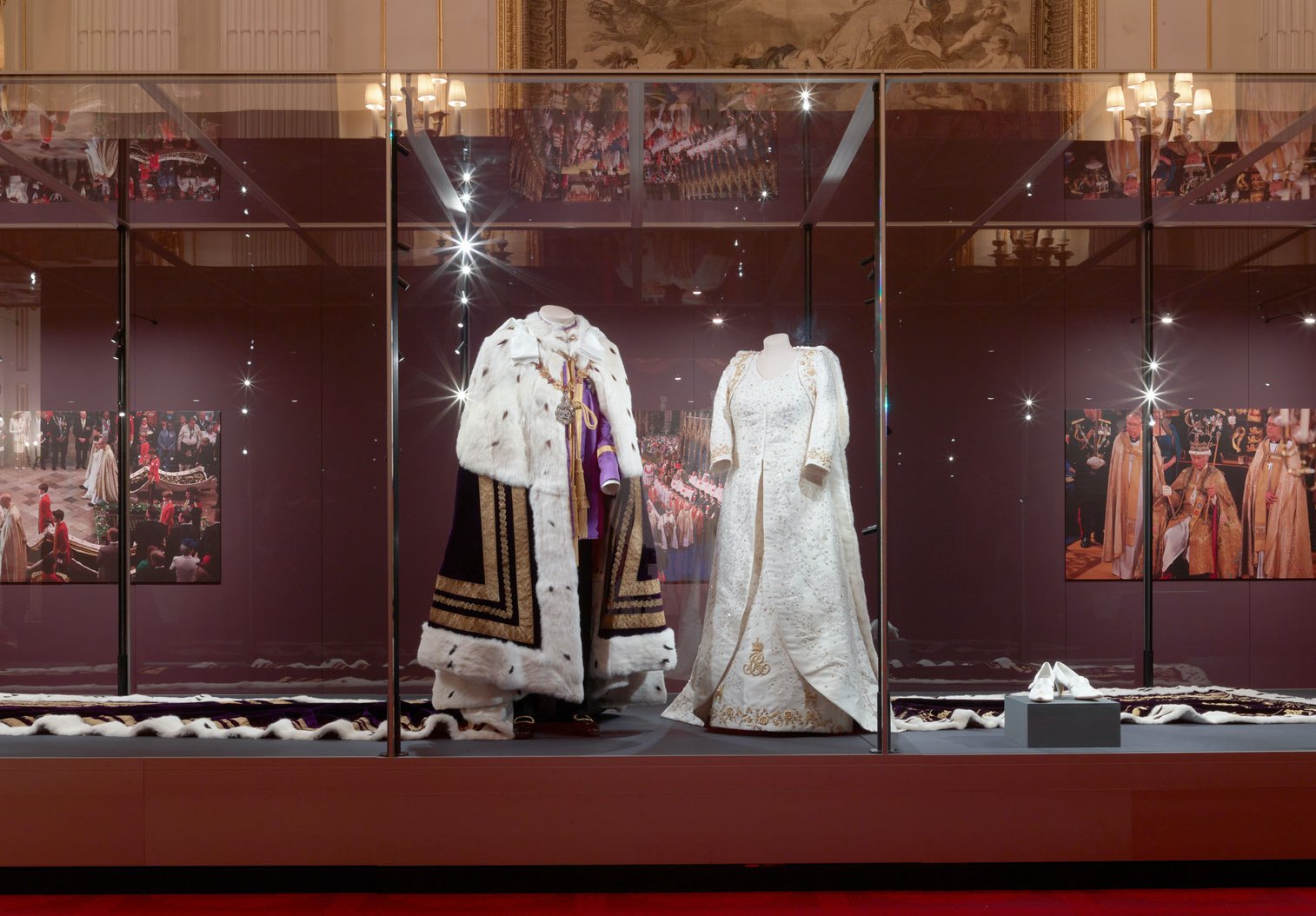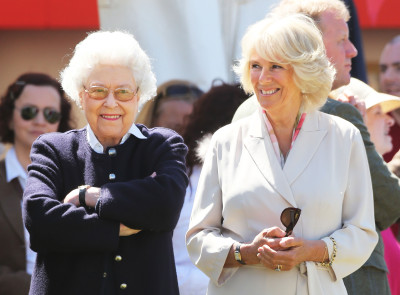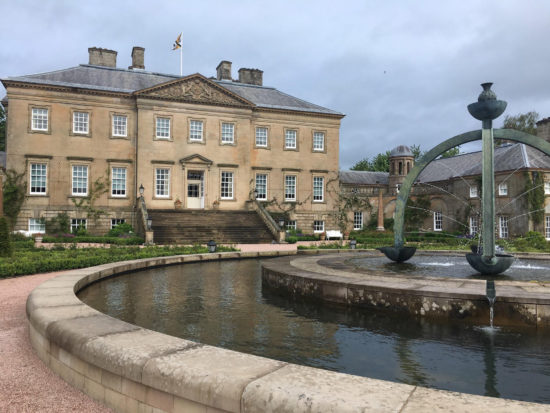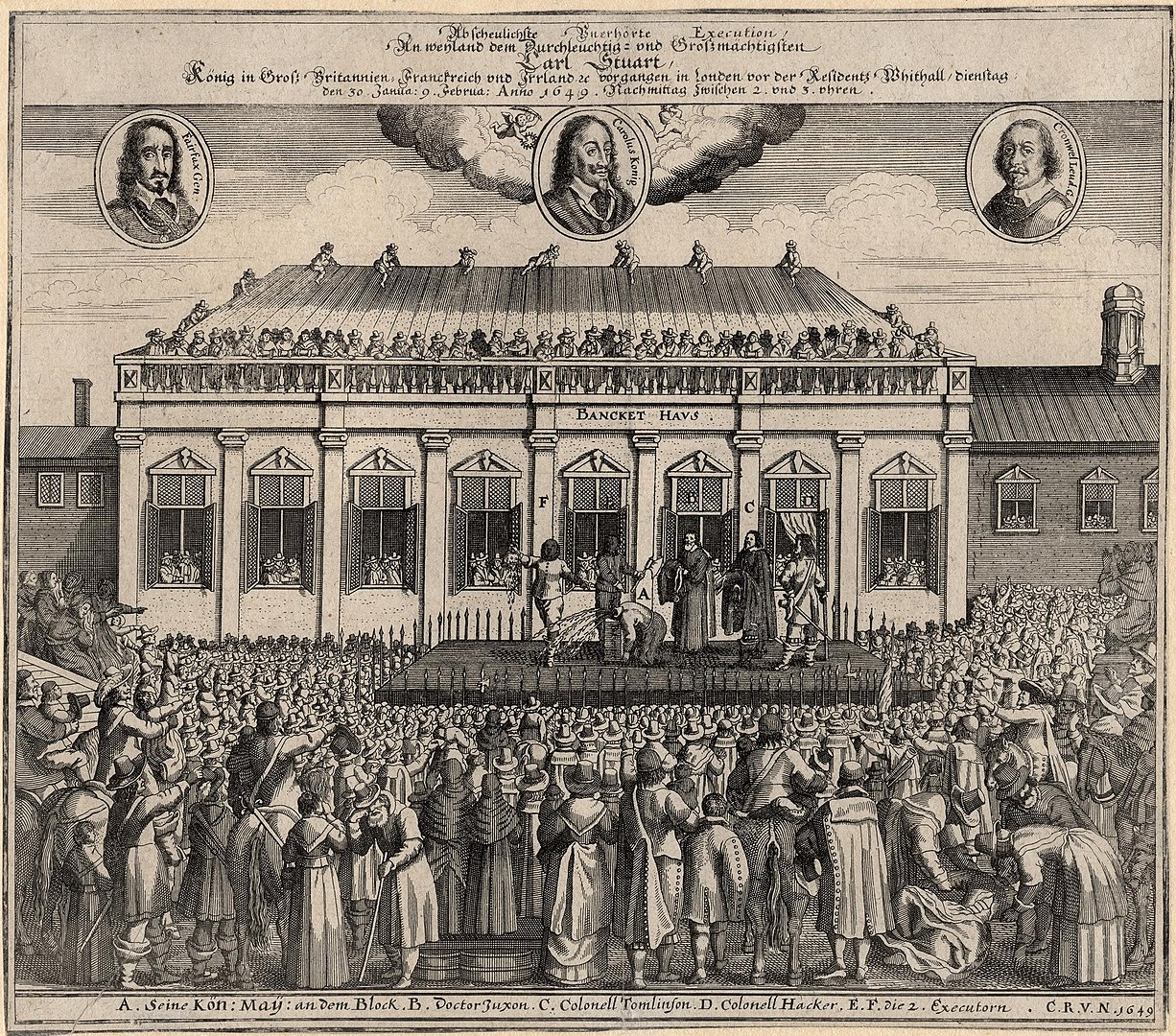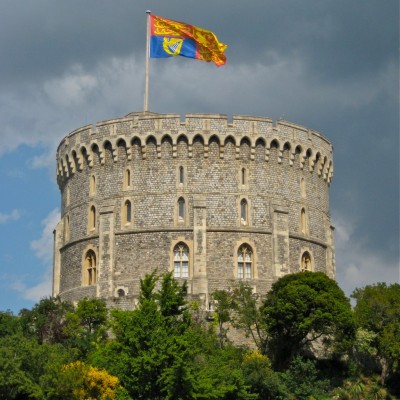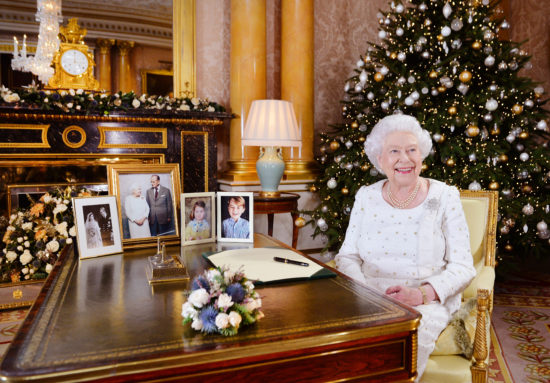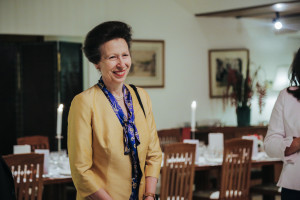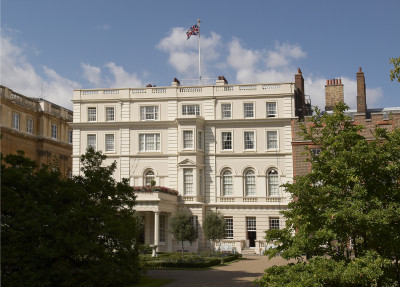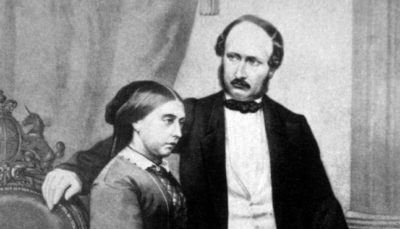Thomas Howard, 3rd Duke of Norfolk, was the uncle of the Tudor queens, Anne Boleyn and Catherine Howard. Having promoted both of them to Henry VIII as potential partners, and them having met sticky ends, just how did he survive such tumultuous times, and a temperamental King?
Thomas Howard as a husband
As for his personal life, Howard used his first marriage for political gain. He married Princess Anne of York who was Henry VII’s sister-in-law, one of Edward IV’s daughters. This allowed him to gain more access to the King but unfortunately, none of the four children the couple had together survived.

Thomas Howard, Duke of Norfolk, managed to outlive both his nieces, Queens Anne Boleyn and Catherine Howard (wikimedia commons)
He then married Elizabeth Stafford in 1513, much to her disappointment. Elizabeth wanted to marry Ralph Neville, 4th Earl of Westmorland, who was her father’s ward and who she had earlier promised to marry. However, Howard made it clear that he only wanted to marry Elizabeth, not any of her sisters.
Howard got his way and they had five children but this marriage was not a happy one. Firstly, both adults had conflicting political views: Elizabeth was a stout Catherine of Aragon supporter and openly disagreed with Anne Boleyn’s title as Queen, which eventually led to Anne exiling her from court. Of course, this did not follow Howard’s political agenda.
Secondly, Howard was also not a fair husband. He kept a mistress, Bess Holland, which he refused to give up and Elizabeth openly wrote in her letters to Cromwell about the physical abuse she endured under Howard, such as, hair pulling and wounding her with a dagger. This led to Thomas hiding Elizabeth away in Hertfordshire in 1534 as a forced separation with a small allowance of £200 a year. This lasted until her death. She did however retaliate to this and gave evidence against her husband during his trial in 1542.
When Howard died in 1555, he left nothing in the will for his wife and Elizabeth died a widow in 1558.
Thomas Howard as a politician:
Prior to his rise in favour as the Queen’s Uncle, Thomas Howard was a military man. His career started in 1497 when he was part of a group of 50 knights and gentleman, who quelled a rebellion against tax in Blackheath, Cornwall in June. Due to this accomplishment, he was given the honour of joining his father in Scotland that same year, to fight against James IV of Scotland. This led to a truce between Henry VII and James IV and eventually, to a peace treaty a few years later, in 1502. Thanks to their part in the truce, Thomas and his brother were knighted by their father in 1497.

Thomas Howard, Duke of Norfolk, was a close companion to Henry VIII for a number of years (wikimedia commons)
When Henry VIII succeeded his father as King in 1509, Howard was named as a Lord Attendant for Henry VII’s funeral and Henry VIII’s coronation. This meant that Thomas was paid to attend these events. During Henry’s coronation, Howard also took part in a celebratory tournament which ended up with him winning prizes as a skillful combatant.
Thomas continued to further his career by becoming the King’s close companion at Henry VIII’s court, which meant that he lived at court and spent a lot of time with the King. This allowed him to have influence over the events at court and when he was named a Knight of the Garter by the King, it gave him more status and respect at court. Although this was only a personal gift, it was a public way for the King to show favour and showed people his importance. Howard continued to grow in influence and acquired more titles as the years went by; he was created Lord Admiral in 1513, Earl of Suffolk in 1514, Lord Treasurer in 1522 and became 3rd Duke of Norfolk in 1524 when his father passed away. However, his rise to power really started when Henry VIII decided that he wanted to marry Anne Boleyn in the mid 1520’s.

Anne Boleyn was promoted to Henry VIII by her uncle, Thomas Howard wikimedia commons)
Thomas brought Anne into court as Catherine of Aragon’s (Henry’s first wife) lady-in-waiting, in the hope that Henry would desire for Anne to be his next mistress – but of course, she became Queen. Once Henry VIII declared he wanted to annul his marriage to Catherine of Aragon to marry Anne Boleyn, her uncle The Duke of Norfolk openly campaigned at court for Anne to have more power and titles.
In 1529, Howard, along with Cardinal Thomas Wolsey and the Boleyn’s were the main factions in court. Howard used his influence to whisper in the King’s ear about removing Wolsey from power, telling the King that Wolsey was deliberately slowing down the proceedings of Henry’s divorce to Catherine; of course, Wolsey was in a sticky situation as a Cardinal, supposedly loyal to Rome and his King. Adding to the extra pressure of Anne saying the same thing, Henry had Wolsey charged with treason, but he died on his way to his trial in November 1529. This gave Howard the opportunity to become the King’s lead councillor and to pursue the marriage of his niece to the King, which resulted in rewards of monastic lands, the titles of: knight of the French order of St. Micheal (1532), Earl Marshal of England (1533) and Lord Steward of England (1536), as well as being deployed in diplomatic missions.
The Duke of Norfolk’s rise also gave Anne the opportunity to gain influence as she was named Marquess of Pembroke in 1532, before the couple married. This was Henry’s way of telling England that Anne was a powerful woman; this was the first hereditary peerage title ever granted to a woman. Such events only added to Howard’s prestige at court, increased further still when Anne married Henry in 1533.
When Anne Boleyn fell from favour in 1536, Thomas switched his alliance from the Boleyn faction and supported Henry’s, and the court’s, conviction of Anne’s adultery, which included incestual relations with her brother, George Boleyn.
At her trial, Thomas Howard condemned the Queen and her brother to death with “tears in his eyes”. Many may call this a fine example of crocodile tears as this was just the first acts of Howard’s ruthlessness to retain power: Norfolk had condemned his own family to death to show that he was willing to follow the King’s desires – and retain his position, which had been so enhanced by his niece, Anne Boleyn.
After Anne’s death, The Duke of Norfolk continued to be in favour and engaged in many military campaigns such as the Pilgrimage of Grace (1536). This rebellion was noted as “the most serious of all Tudor rebellions”, however, there was never a battle as Howard promised the rebellion general pardon and a Parliament in York. These promises were never met and led to another rebellion in 1537, which saw Howard carry out brutal retribution on behalf of the King.
In that same year, the Duke became the godfather of Edward VI, and enemy to Thomas Cromwell due to his disagreement over Cromwell’s religious reforms. In retaliation, Howard published the Six Articles, which included six conservative articles about religion to parliament, which became an official law in 1539. This law stated that priests couldn’t marry and how holy communion should be performed.

Thomas Cromwell made an enemy of Thomas Howard, Duke of Norfolk (wikimedia commons0
Norfolk stayed useful to Henry VIII; hr helped to annul the marriage of Henry and Anne of Cleves in 1540 (that Cromwell had arranged) and therefore, allowed Howard to charge Cromwell with high treason through his campaigning at court and privately with the King, stating the wrong doings of Cromwell during the annulment. All these actions led to the King favouring Thomas more and the Duke being allowed to arrange the marriage between Henry and Catherine Howard. On 28th July 1540, Cromwell was executed and Henry married Catherine Howard.
With his other niece, Catherine, now as Queen of England, Howard lived in luxury for two years, with rewards of monetary gains and political prominence. However, this did not last long and once Henry found out of Catherine’s past and present relations, was furious with both uncle and niece Howard. These past relations included a relationship at 15 with her music teacher, Henry Maddox; following onto a relationship with Francis Dereham, an elderly friend of her grandmother, Dowager Duchess of Norfolk. Catherine denied consummating the first relationship but admitted to consummating the latter relationship: “Francis Dereham by many persuasions procured me to his vicious purpose and obtained first to lie upon my bed with his doublet and hose and after within the bed and finally he lay with me naked and used me in such sort as a man doth his wife many and sundry times but how often I know not.”
In 1539, Catherine lost interest in Dereham and moved onto Thomas Culpeper, whilst Dereham was away from court. Thomas Culpeper had an important role in court: he was a Gentleman of the King’s Privy Chamber which meant he had personal access to the King, and could often spend time alone with the Monarch. However, the relationship between Catherine and Culpeper was not meant to be, as Henry VIII decided that he wanted Catherine after seeing her in court as Anne of Cleeves’ lady-in-waiting – a position that Norfolk had secured for Catherine.
Henry’s ego took the most bashing when Catherine had an affair with Thomas Culpeper, which started in 1541 when Henry was ill. This was particularly humiliating for the King, as Culpeper was young and healthy, which Henry longed to still be, but was now gout-ridden, obese and unable to partake in his favourite sporting activities. Henry had all involved with his young Queen tortured and questioned, and by 1542, Culpeper, Dereham and Catherine Howard were executed by order of court.
Howard escaped punishemnt by grovelling to the King with a letter stating his separation from his nieces’ crimes, whilst he let Henry send his niece to the Tower and lose her head, just like Anne Boleyn. Another ruthless act to procure his safety!
Although, the after effects of this scandal led to political isolation in court and in 1546, Norfolk and his son were taken to the Tower due to his son’s provocative behaviour.
With extreme luck, the death of Henry VIII in 1547 spared Howard from facing trial and when his godson Edward VI came to the throne, his advisors did not want to start his reign with bloodshed. Howard thus remained in the Tower for the duration of Edward’s reign (1547-1553), but when Mary I became Queen, she pardoned Howard and gave him back his titles, as well as making him part of her Privy Council. Interesting, considering his role in her mother, Catherine of Aragon’s situation.

Mary I reinstated Thomas Howard to favour, after he helped bring down one of Lady Jane Grey’s supportors, the duke of northumberland (wikimedia commons)
Howard managed to resuscitate his political career by defending Mary I’s succession. Firstly, he did this by presiding over the trial of The Duke of Northumberland in 1553, resulting in the latter’s execution. Also known as John Dudley, the 1st Duke of Northumberland served as Regent during Edward VI’s, ruling for the young King until he was able to legally make decisions for himself.
When Edward died, Dudley wanted to remain in power, and put Lady Jane Grey on the throne to stop Lady Mary from becoming Queen,. He knew that he could influence Jane and that he couldn’t control Mary – and she was a Catholic to boot. His scheming went awry when Lady Jane was arrested and executed. Understandably, Mary was angry with the Duke of Northumberland for his traitorous actions, and appreciated Norfolk’s role in quelling a protestant and conspirator.
Secondly, Howard helped to quell the rebellion of Sir Thomas Wyatt, who stated their disapproval over Mary’s marriage to Phillip of Spain in 1554. However, his physical health wavered and he died of natural causes in 1555.
So, how was the Duke’s life as the uncle of two Tudor Queens? Extremely precarious during the low points and extremely advantageous during the high points! And how did Norfolk manage to outlive both his nieces in court? The answer is simple: through ruthless determination to look after himself, his lack of emotional attachment to his family and lots of good luck.
Some people may think Howard was just being tactical to survive in turbulent times, and some may see him as a man with a nasty character. What do you think?

